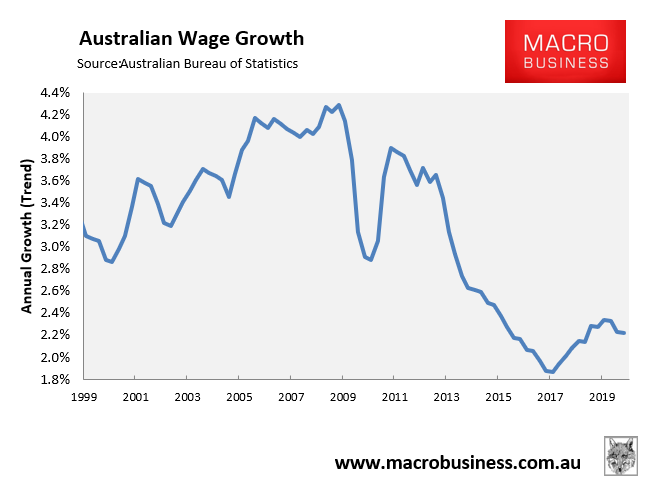Labor leader, Anthony Albanese, last week attacked “an unholy coalition attacking the increase in the Superannuation Guarantee”:
At the moment we are witnessing an unholy coalition attacking the increase in the Superannuation Guarantee.
They want to see super wound back or abolished.
The prescriptions of ACOSS and others play into the hands of the Liberal and National parties.
The parties of trickle-down economics, lower wage growth and less security.
Labor supports the legislated increase in the Superannuation Guarantee to 12 per cent by 2025.
Superannuation Minister, Jane Hume, has demolished Anthony Albanese’s criticism, noting that unlike Labor, this so-called “unholy alliance” – including ACOSS and the Grattan Institute – has no vested interest in the superannuation guarantee being lifted:
“It’s kind of ironic that Albo’s wild spray today bracketed the Coalition, ACOSS and think tanks – three groups without any vested interest in the super-charged gravy train,” said Ms Hume, speaking on the sidelines of a superannuation conference on the Gold Coast on Wednesday…
“Super is a system bedevilled with vested interests. Why would Albo be aligning himself with some of the noisiest of those vested interests rather than siding with the super members,” Ms Hume told The Australian.
This is a fair critique by Hume. Labor is beholden to the union movement, which has its fingers in the Industry Superannuation pie. They are the ones pushing hardest for the superannuation guarantee to be lifted, presumably because having more funds under management means they can extract bigger fees.
Meanwhile, Andrew Stone – former Chief Economist to Prime Minister Tony Abbott – claims that it would be “madness” for the federal government to proceed with its planned increases in the superannuation guarantee, arguing the policy would unambiguously drive down wage growth.
The superannuation guarantee is scheduled to increase by half a percentage point annually until 2025, and Stone told Sky News that the timing for such increases “will be terrible” and create “real problems for lots of low paid people”. Specifically, “if we have these half percentage point increases over five years from 2021 to 2025 as is currently legislated that will be exactly half a percentage point less on wages growth”.
The Henry Tax Review, the Grattan Institute, and the Reserve Bank of Australia have all concluded that the superannuation guarantee is paid for by employees, not employers, via lower take home wages.

Thus, with wage growth stuck at just 2.2% growth currently (see above chart), the 0.5% annual increases in the superannuation guarantee implies a 20% further reduction in wage growth, or a real wage cut given a current inflation rate of 1.8%.
It is astonishing that the “Labor” Party and the union movement could support a policy that would unambiguously harm the working class, damage the federal budget, and raise inequality, all to line the pockets of the bloated financial sector.

